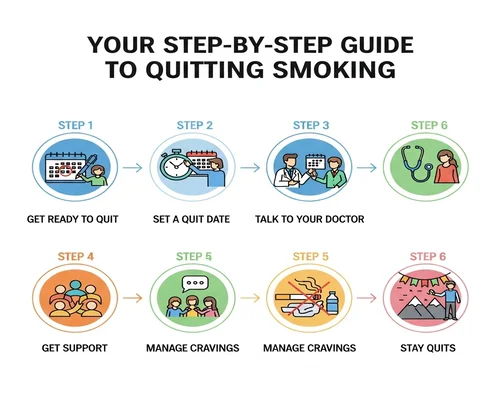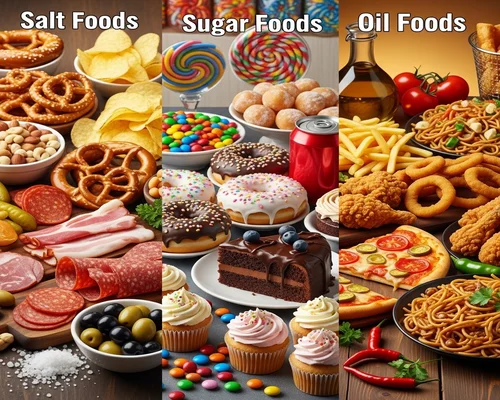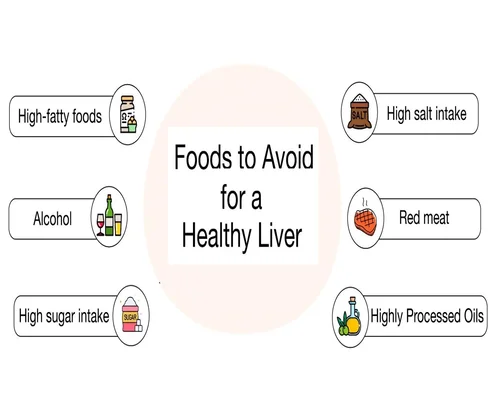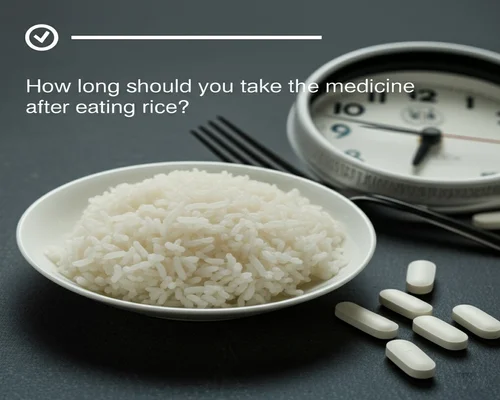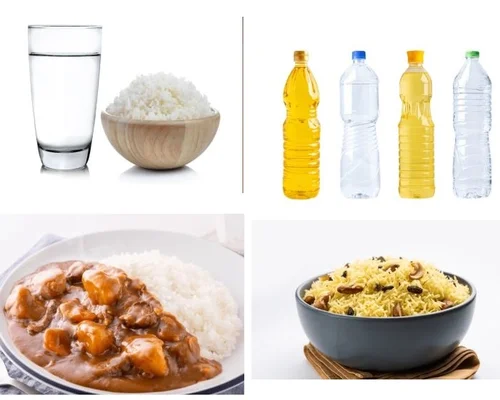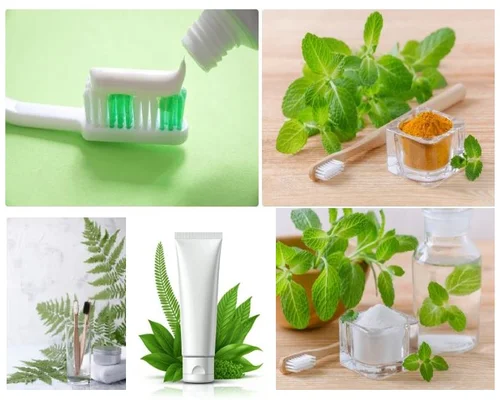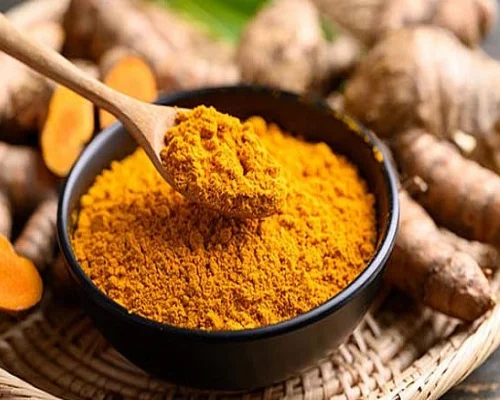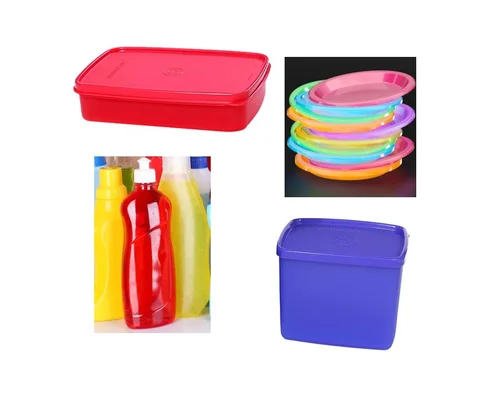
Which color plastic increases the risk of cancer the most?
Which color plastic increases the risk of cancer the most?
Generally, black, red, and dark-colored plastics increase the risk of cancer the most. This is because these plastics contain large amounts of toxic chemicals.
Why are these plastics dangerous?
Black plastic
- In many cases, it is made from e-waste (electronic waste) or recycled plastic, which contains lead, cadmium, and bromine.
- These chemicals increase the risk of cancer, disrupt hormone balance, and damage the kidneys.
Red plastic
- The chemicals used for coloring (azo dyes, benzidine dyes) can be toxic and carcinogenic.
- It can react with food to form toxic compounds.
Dark-colored plastics (especially blue and green)
- It uses heavy metals and toxic dyes, which can cause liver and kidney problems.
How to identify dangerous plastics
Avoid the following plastics:
Plastic code
3 (PVC - Polyvinyl chloride) releases toxic chemicals, which increase cancer
6 (PS - Polystyrene, Thermocol) becomes toxic when exposed to hot food or water
7 (Other - Polycarbonate, BPA-containing plastics) contains BPA (bisphenol-A), which increases the risk of cancer
Which plastics are relatively safe?
Use the following code for plastics:
Safe Plastic Code
1 (PET/PETE - Polyethylene Terephthalate) Water bottles, juice bottles (single-use)
2 (HDPE - High-density polyethylene) Milk bottles, some food containers
4 (LDPE - Low-density polyethylene) Food bags, plastic wrap (relatively safe)
5 (PP - Polypropylene) Food storage containers, baby bottles, medical packaging
Things to do to stay safe
Avoid storing hot food and drinks in dark-colored plastic containers.
Use glass or steel containers instead of plastic.
Look for BPA-free plastic (especially for baby bottles and food containers).
Do not use recycled or damaged plastic bottles or containers.
In short, it is safer to use glass or steel containers instead of black, red, and dark-colored plastic!





